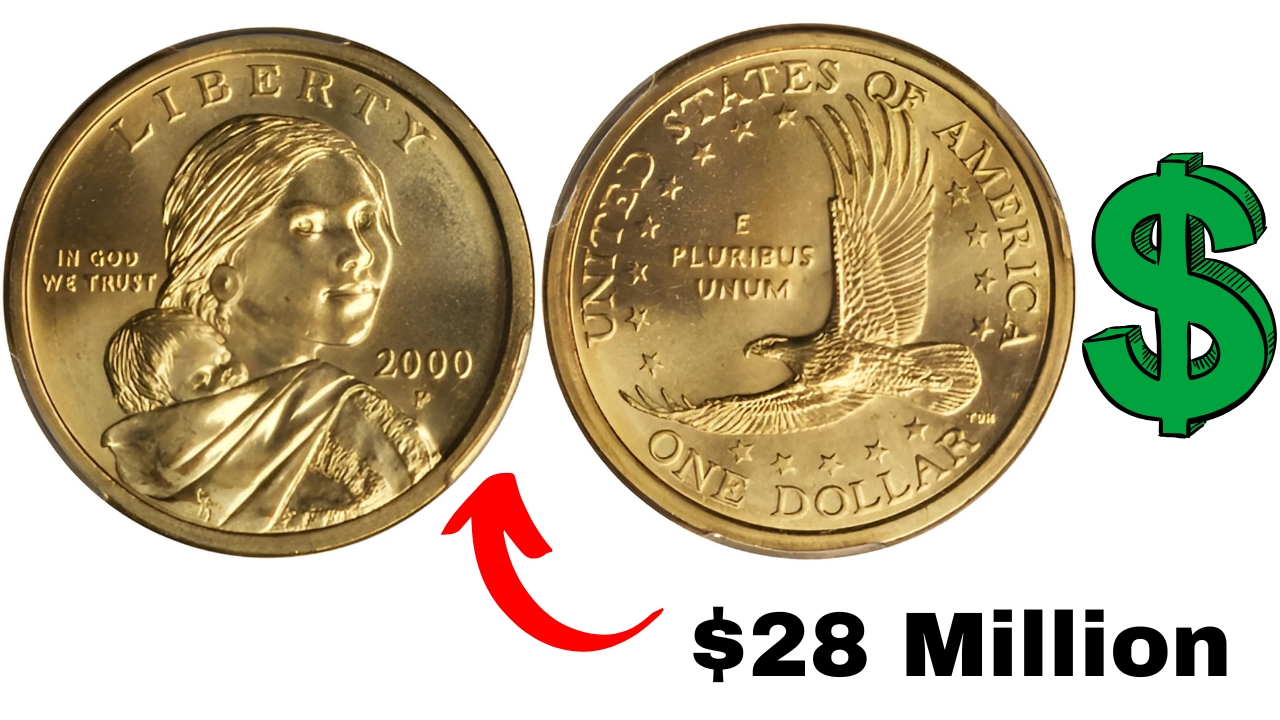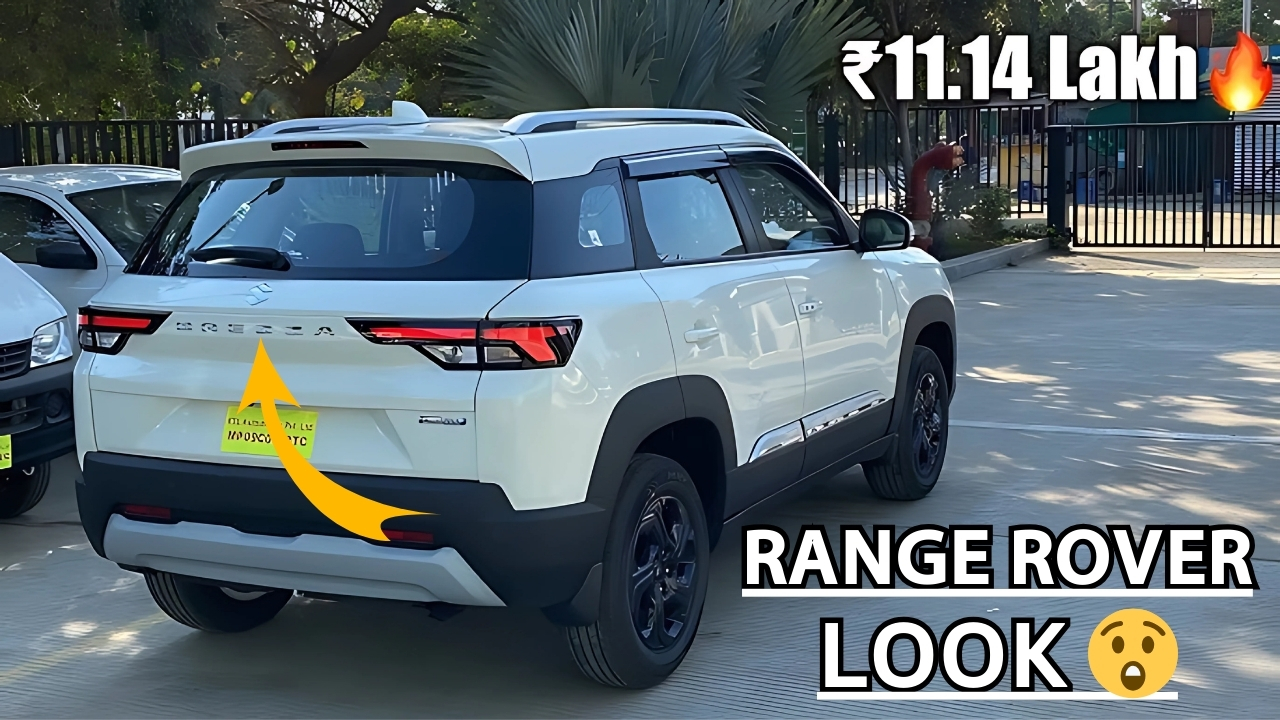Rare Coin: The change jingling in your pocket may seem trivial—just a few scattered pennies, nickels, and dimes that hardly warrant attention. But wait! This everyday currency could hide extraordinary treasures, transforming what might be an ordinary task of checking your change into a life-changing opportunity.
Within the realm of American coins, some rare pieces command jaw-dropping prices, with certain highly sought-after coins capable of fetching as much as $28 million at auction today.
At the pinnacle of coin collecting lies the legendary 1913 Liberty Head nickel, regarded as the ultimate treasure in American numismatics. Just five of these remarkable coins are known to exist, making them a perfect blend of rarity and mystery that sends collectors into a frenzy.
“The 1913 Liberty Head nickel is not just rare; it’s practically a miracle. It shouldn’t even be in existence,” shares Marcus Davidson, a seasoned numismatist with over three decades of experience studying American coinage.
“By 1913, the Mint had fully switched to the Buffalo nickel design, yet somehow, five Liberty Head nickels were struck under mysterious circumstances. This unauthorized production has turned it into one of the most famous coins in America.”
The last known sale of a 1913 Liberty Head nickel took place in 2010, with the Olsen specimen selling for an astounding $3.7 million.
Experts suggest that, given the increasing demand from collectors and a dwindling supply of investment-grade items, pristine specimens today could bring anywhere from $20 to $28 million, especially if they come with provenance linking them to renowned collectors like Louis Eliasberg or King Farouk of Egypt.
While stumbling upon one of these five rare specimens in your change is nearly impossible, their existence serves an essential reminder about American coinage: remarkable value can be concealed within everyday-looking coins, and unexpected finds do happen.
Rare Coin Pocket Change Treasures: Within Reach
The 1913 Liberty Head nickel may represent the epitome of coin collecting dreams, but plenty of other rare coins also carry substantial value and may be found in everyday transactions or inherited collections.
One of the most exciting accessible treasures is the 1969-S Lincoln cent, known for its doubled die obverse. This unique coin emerged when the die used to mint it was misaligned, leading to noticeable doubling on the date and lettering, visible to the naked eye.
With less than 100 authenticated examples, these pennies typically fetch between $50,000 to $75,000 at auction, depending on their condition.
“The fascinating part about the 1969-S doubled die penny is that it circulated normally,” remarks Elizabeth Chen, curator of American coins at a prominent museum. “Many people found them in their change, long after they were first minted.
Those who recognized their significance early on often bought numerous examples from bank rolls, securing small fortunes for mere pennies.”
The 1972 Lincoln cent has a similar doubled die variety that can be worth anywhere from $500 to $3,000 based on condition, which is still significant for coins that might occasionally show up in circulation.
Even more accessible is the 1955 doubled die cent, with approximately 10,000 to 15,000 pieces minted. These can trade for between $1,000 to $3,500 in circulated condition, while pristine specimens can soar to $25,000 or more.
Quarters also conceal hidden wealth. The 1932-D and 1932-S Washington quarters, minted during the first year of the design, have relatively low mintages. While finding one in pocket change is unlikely, values can range from $100 for heavily worn specimens to over $5,000 for those in exceptional condition.
More recent errors in state quarters have piqued the interest of collectors as well. The 2004-D Wisconsin quarter, featuring an extra “leaf” on the corn stalk, can fetch between $200 and $500, with certain off-center strikes or errors involving wrong planchets potentially commanding thousands, depending on their characteristics.
The Detective Work of Coin Hunting
Unearthing valuable coins requires a keen eye for details that set ordinary pieces apart from extraordinary treasures.
Date and mint mark combinations are crucial identifiers, as certain years and production facilities yield inherently scarcer coins due to limited runs or significant historical events.
“The mint mark—a tiny letter indicating where a coin was minted—can make all the difference,” states Robert Thompson, who transformed his casual coin collecting interest into a full-time career after finding a rare die variety in a roll of nickels.
“For instance, a 1950-D Jefferson nickel could be worth $20 or more in circulated condition, while the more common 1950 or 1950-S might barely be worth face value unless they’re in pristine condition.”
Mint marks are usually found on the obverse or reverse of coins, with their location varying by denomination and year.
On modern coins, check for the tiny letter beneath or close to the date—‘D’ for Denver, ‘S’ for San Francisco, and no mark indicates Philadelphia minting for most of American coinage’s history.
Beyond date and mint combinations, error coins—pieces produced with mistakes during minting—often carry substantial premiums.
Off-center strikes, double strikes, and missing design elements create unique coins that specialists are eager to acquire.
“You don’t need expensive tools to start identifying potentially valuable coins,” Davidson stresses. “A good magnifying glass, proper lighting, and reference materials outlining key dates and varieties will serve beginners well.
The United States Mint has issued billions of coins, but knowing which specific dates, mint marks, and errors to look for significantly narrows your search.”
Where to Hunt for Numismatic Treasure
The journey to discover valuable coins can begin right in your pocket! Examine your change carefully, particularly older coins that might show unique wear patterns or unusual features.
Focus on pennies and nickels, as they tend to remain in circulation longer than higher denominations, leading to more potential treasures from earlier years.
Bank rolls offer a low-cost hunting ground. For about $25, collectors can secure a roll of half-dollars that may include silver specimens from 1964 and earlier, or 40% silver coins minted from 1965 to 1970.
Searching through rolls of pennies might yield wheat pennies (1909-1958) or even Indian Head cents that occasionally re-enter circulation from older collections.
Family collections passed down through generations can also hold overlooked gems.
These inherited collections often contain coins that were preserved decades ago when certain dates and mint marks had not yet vanished from everyday transactions.
“I have looked through numerous family collections that were believed to hold only common coins, only to find pieces valued in the thousands,” shares Chen.
“One particularly memorable case involved a Mason jar filled with what seemed to be ordinary pennies. Tucked among them were three 1909-S VDB Lincoln cents worth around $1,000 each, even in worn condition.”
Estate sales, flea markets, and even antique shops can yield remarkable finds for those with knowledge and keen observation.
Coins misidentified or priced according to face value rather than collector value can present fantastic opportunities for significant returns on modest investments.
Preservation and Authentication
Upon discovering potentially valuable coins, proper handling is critical. Never attempt to clean coins using abrasive materials, chemicals, or even soap and water.
The original surfaces, including the natural toning and patina built over the years, play a significant role in both authenticity and value.
“Many people’s first instinct upon finding a potentially valuable coin is to clean it—this is the exact wrong approach,” warns Thompson.
“Harshly cleaning a rare coin can cause a loss of considerable value, sometimes between 50% to 90% compared to coins with original surfaces.”
For coins that might be worth significant money, professional authentication through services like Professional Coin Grading Service (PCGS) or Numismatic Guaranty Corporation (NGC) is advisable to validate authenticity and determine condition.
These services encapsulate coins in tamper-evident holders, ensuring authenticity and simplifying the selling process while instilling confidence in potential buyers.
The Ongoing Treasure Hunt
The allure of uncovering exceptional value in seemingly ordinary coins keeps the passion for numismatics—collecting and studying currency—alive as one of America’s most cherished hobbies.
While the odds of finding a $28 million nickel are exceptionally slim, discovering coins valued at hundreds or even thousands of dollars is entirely feasible with knowledge, persistence, and a discerning eye.
“Every collection starts with a single coin that captivates someone’s attention,” reflects Davidson. “The beauty of this pursuit lies in the continuous circulation of potential treasures through everyday transactions.
When you receive change from your next purchase, take a moment to scrutinize those coins. You never know what gems might be hiding in plain sight.”
Whether your motivation stems from investment potential, historical fascination, or simply the thrill of the chase, examining your pocket change with new awareness can turn an ordinary task into an exciting treasure hunt filled with genuine discovery possibilities.
That jar of forgotten coins collecting dust might hold either common currency or a life-altering find waiting for someone keen enough to recognize its true value.






